An AI algorithm outperformed other screening methods in identifying cervical precancer. The approach could be especially valuable in low-resource settings.


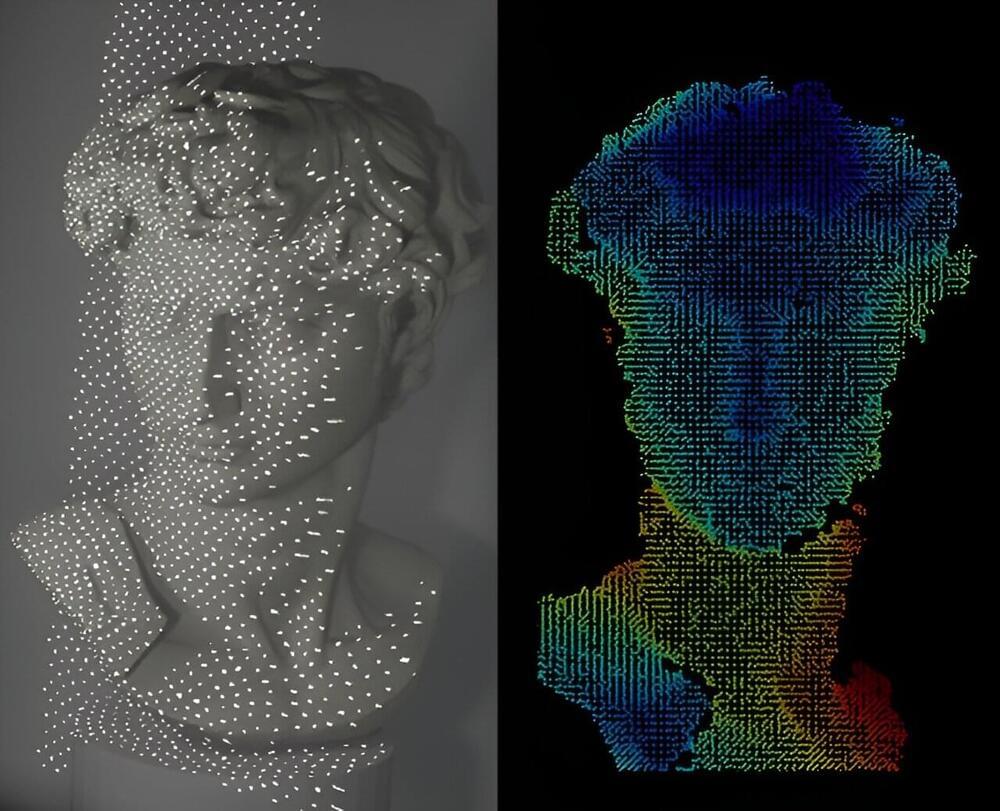
Many people are familiar with facial recognition systems that unlock smartphones and game systems or allow access to our bank accounts online. But the current technology can require boxy projectors and lenses. Now, researchers report in Nano Letters a sleeker 3D surface imaging system with flatter, simplified optics. In proof-of-concept demonstrations, the new system recognized the face of Michelangelo’s David just as well as an existing smartphone system.
3D surface imaging is a common tool used in smartphone facial recognition, as well as in computer vision and autonomous driving. These systems typically consist of a dot projector that contains multiple components: a laser, lenses, a light guide and a diffractive optical element (DOE).
The DOE is a special kind of lens that breaks the laser beam into an array of about 32,000 infrared dots. So, when a person looks at a locked screen, the facial recognition system projects an array of dots onto most of their face, and the device’s camera reads the pattern created to confirm the identity. However, dot projector systems are relatively large for small devices such as smartphones. So, Yu-Heng Hong, Hao-Chung Kuo, Yao-Wei Huang and colleagues set out to develop a more compact facial recognition system that would be nearly flat and require less energy to operate.
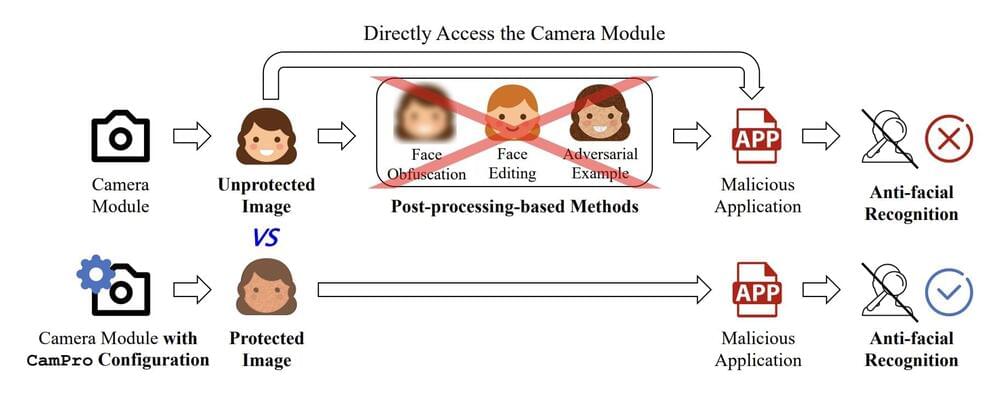
Facial recognition systems, computational tools that can recognize individuals in images or video footage, are now widely employed worldwide. Some users and developers, however, have raised privacy-related concerns, as by definition facial recognition techniques rely on images that capture people’s faces. It is possible to use facial recognition techniques to identify the person by his/her face without authorization.
Some recent computer science studies have thus been exploring the possibility of preventing unauthorized facial recognition recognizing users by obfuscating, synthesizing or changing images, to increase the privacy of users. This field of research is now broadly referred to as anti-facial recognition (AFR).
Researchers at USSLAB at Zhejiang University recently developed CamPro, a new technique designed to achieve AFR at the camera sensor level, producing images that can protect users’ facial privacy without influencing other applications, such as activity recognition. Their paper, accepted by NDSS 2024 and pre-published on the arXiv preprint server, demonstrates their proposed technique using images taken by widely available cameras.
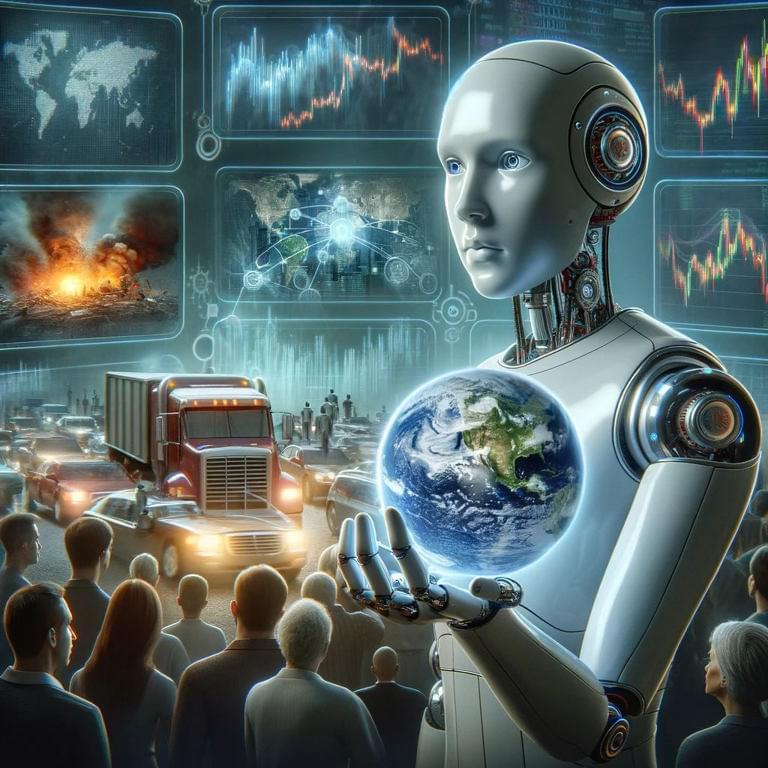
The advent of advanced artificial intelligence (AI) technologies is poised to bring about a significant upheaval in societal power dynamics. One of the notable transformations on the horizon is the potential disruption of the so-called “words” class. As AI continues to advance, it has the potential to limit the status and earning potential of individuals […].

We are in the middle of a data-driven science boom. Huge, complex data sets, often with large numbers of individually measured and annotated ‘features’, are fodder for voracious artificial intelligence (AI) and machine-learning systems, with details of new applications being published almost daily.
But publication in itself is not synonymous with factuality. Just because a paper, method or data set is published does not mean that it is correct and free from mistakes. Without checking for accuracy and validity before using these resources, scientists will surely encounter errors. In fact, they already have.
In the past few months, members of our bioinformatics and systems-biology laboratory have reviewed state-of-the-art machine-learning methods for predicting the metabolic pathways that metabolites belong to, on the basis of the molecules’ chemical structures1. We wanted to find, implement and potentially improve the best methods for identifying how metabolic pathways are perturbed under different conditions: for instance, in diseased versus normal tissues.

Window to the soul? Maybe, but the eyes are also a flashing neon sign for a new artificial intelligence-based system that can read them to predict what you’ll do next.
A University of Maryland researcher and two colleagues have used eye-tracking technology and a new deep-learning AI algorithm to predict study participants’ choices while they viewed a comparison website with rows and columns of products and their features.
The algorithm, known as RETINA (Raw Eye Tracking and Image Ncoder Architecture), could accurately zero in on selections before people had even made their decisions.
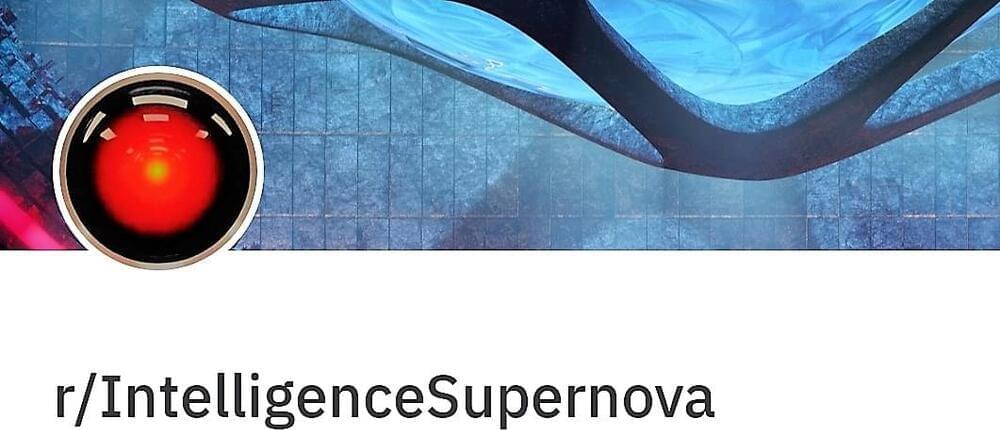
GeoMindGPT, a customized version of ChatGPT, powered by GPT-4, is p ioneering the frontier of AI-assisted understanding of complex scientific and philosophical concepts with a special focus on Global Superintelligence, Technological Singularity, Transhumanism & Posthumanism, Consciousness Studies, Quantum Gravity, Simulation Metaphysics.
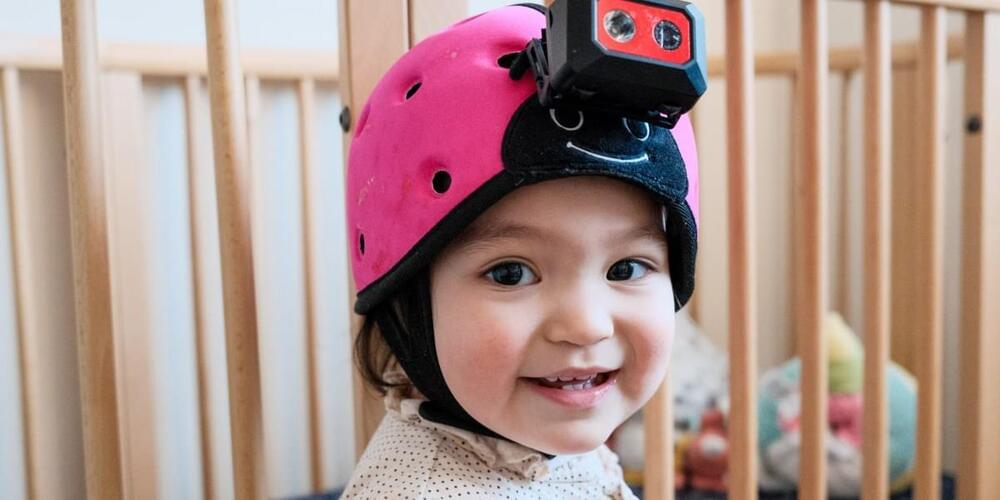
The must-reads
I’ve combed the internet to find you today’s most fun/important/scary/fascinating stories about technology.
1 The world’s largest music label has yanked its artists’ music off TikTok Universal Music Group claims TikTok is unwilling to compensate musicians appropriately. (The Guardian) + Taylor Swift fans are kicking off. (Wired $) + Indie record labels don’t like the sound of Apple’s pay plans either. (FT $)

Researchers have overcome a major challenge in biomimetic robotics by developing a sensor that, assisted by AI, can slide over braille text, accurately reading it at twice human speed. The tech could be incorporated into robot hands and prosthetics, providing fingertip sensitivity comparable to humans.
Human fingertips are incredibly sensitive. They can communicate details of an object as small as about half the width of a human hair, discern subtle differences in surface textures, and apply the right amount of force to grip an egg or a 20-lb (9 kg) bag of dog food without slipping.
As cutting-edge electronic skins begin to incorporate more and more biomimetic functionalities, the need for human-like dynamic interactions like sliding becomes more essential. However, reproducing the human fingertip’s sensitivity in a robotic equivalent has proven difficult despite advances in soft robotics.